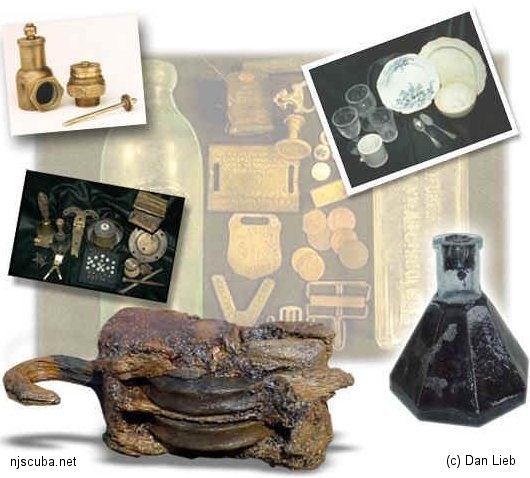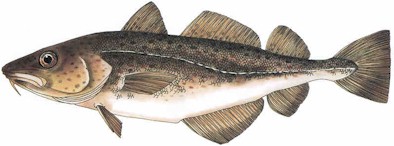Miscellaneous
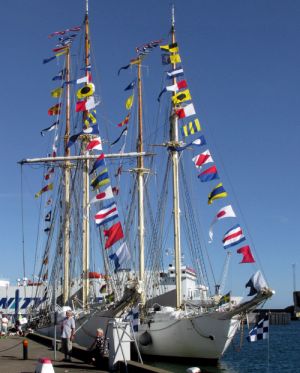
Alpha-Numeric Signal Flags
In this modern age of radio, these signal flags are a quaint anachronism that is no longer used, although they were once very important in ship-to-shore and ship-to-ship communications. Each flag stands for both a letter value and a shorthand message. The letters are expressed here in the modern international phonetic alphabet, in which A-B-C would be spoken Alpha-Bravo-Charlie (see below).
More: Nautical Signal Flags ...
Artifacts recovered after long immersion in salt or freshwater require conservation treatment if they are to last. On exposure to high concentrations of oxygen in the air, iron artifacts will bloom into piles of rust. Wood will crack and split if dried out improperly. Organic materials will crumble to dust.
The manual below details conservation methods for many types of materials and artifacts.
More: Conservation of Artifacts ...
I find this sort of material to be much more interesting than the endless rehashing of coral reefs, glowingly useless gear reviews, and "buoyancy tips" that fill up the standard glossy diving magazines.
Historical
Conservation Manual – Donny L. Hamilton

The Oxford Companion to Ships and the Sea
Peter Kemp, 1988
Lots of interesting information and trivia.
More: Artifacts References ...

How do two ships in the wide ocean collide? It seems unlikely, and yet it happens all the time. Often, the ocean is not all that wide. Many collisions occur in shipping lanes and port approaches, where ships are brought together in close proximity. Here are some videos of actual collisions between ships:
More: Collision at Sea ...
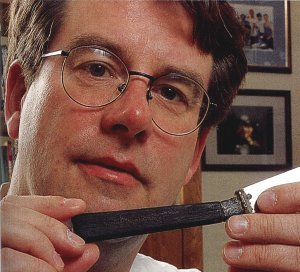
knife, the most tangible clue to the
identity of New Jersey's mystery U-boat.
In 1991, while checking out an obscure site known for hanging up fishing lines, I dropped down the anchor line only to find a virgin German U-boat. A wreck diver's fantasy of discovering a new shipwreck somehow had become a reality, and it was every bit as good as could be imagined. While reveling in the experience, I wondered if I would have enough skill and luck to ever make it happen again. Several discoveries later, the challenge is still irresistible.
More: Searching For Shipwrecks ...
Another entry from the Way-back machine:

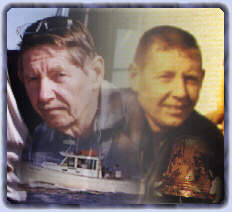
"Gentleman George"
by Dan Berg
Note: George Hoffman passed away January 14, 1997, about a year after this article was written. His death is a great loss to the diving community and he will be missed by us all.
More: Captain George Hoffman ...

